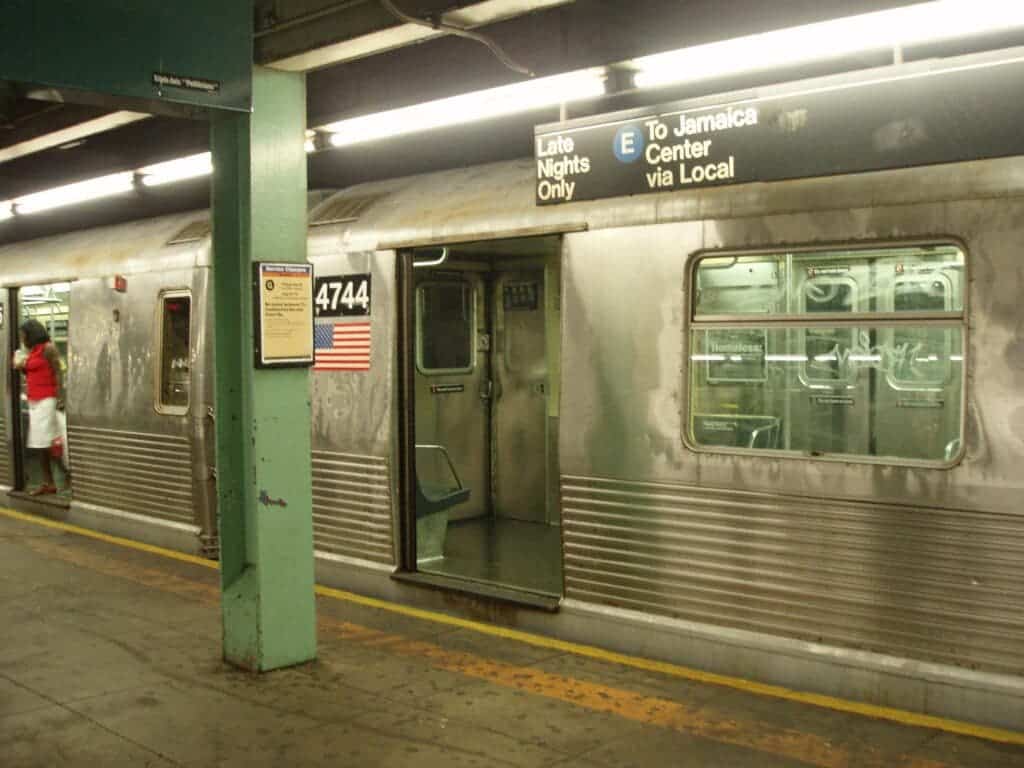The pandemic might not be the single reason why you should consider avoid riding the subway. Researchers found that commuters using the subway system in major cities in the United States are exposed to dangerous levels of air pollution, according to air samples taken earlier this year. New York and New Jersey were the most affected.

Subway systems are the veins and arteries of cities, moving people where they need to go. Their speed, accessibility, and affordability offer an alternative to often chaotic city streets. Globally, in 2017, approximately 168 million people used a metropolitan train daily, and further growth in the subway system is anticipated over the next few years. But these urban veins are starting to get a bit clogged.
Previous studies have found airborne particulate matter (PM) concentrations within subways several times higher than PM levels in ambient air. Heavy metals have been shown to be major constituents of airborne subway PM, such as iron, copper, and manganese. Studies have also demonstrated that pollution is generated by the interaction of a train’s electrical current collector shoe with the supply rail. Sources other than the friction of brakes and brushing of wheels may be important as well, particularly in busy subways where heavy maintenance machinery operate at night. Commuters can inhale the pollutants while waiting on the platform or when riding the subway train. All in all, we knew the subway air is pretty bad — but it’s probably worse than you imagine.
Researchers from the New York University (NYU) measured air quality samples in 71 stations at morning and evening rush hours in Boston, New York City, Philadelphia, and Washington, D.C. They selected one or more specific transit lines within the system, a number of stations along each line, and aboveground sites for ambient sample collection
They found that the levels of the tiny specks of pollution known as PM2.5 were well above nationally determined safe daily levels of 35 micrograms per cubic meter in each of the cities’ subway systems. New York’s Metropolitan Transit Authority (MTA) system had 251 micrograms per cubic meter, the study showed, followed by Washington DC with 145 micrograms per cubic meter.
“As riders of one of the busiest, and apparently dirtiest, metro systems in the country, New Yorkers, in particular, should be concerned about the toxins they are inhaling as they wait for trains to arrive,” co-senior study author Terry Gordon, PhD, a professor in the Department of Environmental Medicine at NYU Grossman, said in a statement.
The worst pollution spot was Christopher Street, a subway station in Manhattan that connects New York and New Jersey. It had a particle pollution level of 1,499 micrograms per cubic meter, about 77 times higher than the above-ground pollution. Such a pollution level is more commonly found near wildfires or building demolition, the researchers said.
Making a commute to and from Christopher Street increases the risk of an adverse cardiovascular event by 10%, the study showed. Other stations that also had significant levels of pollution were Broadway in Boston, Second Avenue in New York City, and 30th Street in Philadelphia among the most polluted stops in the US north-east. Each of these subway systems transported millions every day before Covid-19.
The pollutants were mainly formed by iron and organic carbon, a chemical produced from the breakdown of fossil fuels or decaying plants and animals. The researchers said it’s not fully clear why pollution in subways is worse than above ground. While the open air can remove some of the fumes from vehicles, underground stations are usually poorly ventilated, they added.
Following the study, the researchers plan to investigate sources of subway station air contamination, such as exhaust given off by diesel maintenance locomotives, whipped up dust from the remains of dead rodents, and poor ventilation as potential culprits. They suggested transit authorities look at why some subway systems are more polluted than others so to adopt better practices.
The study was published in the journal Environmental Health Perspectives.









